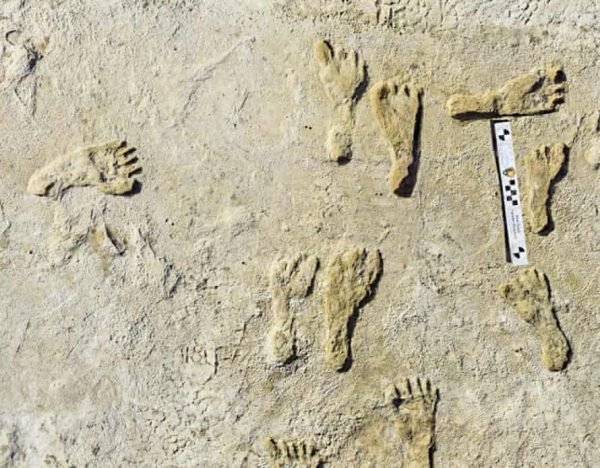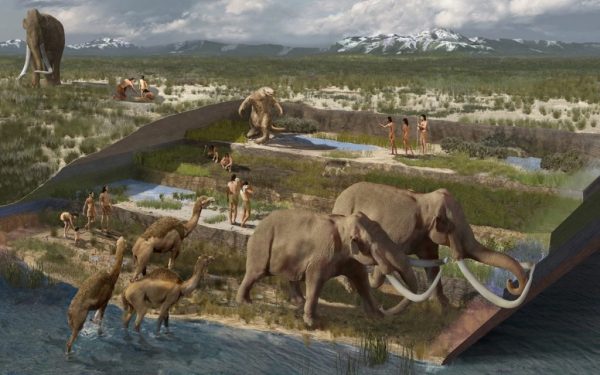The discovery of fossil footprints in New Mexico’s White Sands National Park, suggesting human activity in North America around 23,000 years ago, is a groundbreaking archaeological finding.

The footprints, discovered by David Bustos, the Resources Manager at the National Park, challenge previous assumptions about the timing of human migration to the Americas.
Traditionally, it was believed that humans first arrived on the American continent between 13,000 and 16,000 years ago, following the melting of the North American ice sheets. However, the newly discovered footprints indicate that Homo sapiens were present in North America much earlier, around 23,000 years ago.
This finding significantly predates previous estimates and adds a new dimension to the understanding of early human history in the Americas.

The research, conducted by a team of researchers from Bournemouth University, the National Park Service, the U.S.
Geological Survey, Cornell University, and the University of Arizona, utilized non-invasive geophysical techniques to locate the site. The footprints were examined using radiocarbon dating, providing a timeline for their formation.
The footprints at White Sands not only reveal the presence of humans but also offer insights into the ecosystem of the time.
The tracks, predominantly made by teenagers and younger children, provide a glimpse into the daily lives of these ancient inhabitants. Other tracks, including mammoth, gigantic ground sloth, dire wolves, and birds, contribute to the broader understanding of the environmental context.

The discovery has sparked excitement and debate among archaeologists, as it challenges previous notions and opens up new possibilities for understanding the early peopling of the Americas.
Professor Vance Holliday of the University of Arizona emphasized the significance of the finding, stating that the White Sands tracks provide a much earlier date than previously identified archaeological sites.
The research, published in Science, marks a major archaeological success in the United States, shedding light on a previously unknown chapter in the continent’s ancient history.
The use of advanced techniques and collaborative efforts among researchers from various institutions has contributed to expanding our understanding of early human migration and settlement in North America.





